Violence
From Pong to GTA V, it is undeniable that games have undergone a massive evolution in the past fifty years. While books and movies have offered a passive entertainment, games are the first really interactive media in history. And since we are the first generation which is experiencing it, it’s only natural that we question its power. This post offers a loose perspective on the effects of censorship in art and entertainment; on how it is affecting games and, even more importantly, on what it says about us as a society.
The Censor’s Dilemma
In 1997 the British Board of Film Censors de-facto banned Carmageddon, refusing to certify the game unless all blood and gore was removed (source). As a response, Stainless Games replaces human pedestrians with zombies and robots, changing the blood to green and black. This changed virtually nothing about its violent gameplay, but suddenly made it “acceptable”, highlighting a very faulty process. Other gory games were in fact allowed at that time, raising questions about which aspect of Carmageddon deserved to be banned.

This goes deeper than the very naïve “violent games makes you violent”. Games requires you to make decisions and take actions, and by doing so they make you an involuntary accomplice. What’s already bad is made worst by the fact that you are asked to do it yourself. A game that explores this very deeply is RAPTUS (play it here), which forces unwilling players to take part in what is revealed to be a (spoiler ahead)
The game was rejected from FGL with this message:
«I’m afraid that the game is just not appropriate for us due to the focus on
rape and murder .The fact that it is so well crafted is what makes it feel in appropriate.»
FGL about RAPTUS
RAPTUS only contains five pixels of blood, but its message is powerful enough to be make them count.
Players
It’s not me, it’s you…
In mid 2014 a controversy around the 2D dogfighting game Luftrausers exploded. Dutch studio Vlambeer has been accused of portraiting a “edgy, stylized faux-Nazi aesthetic“. In a nutshell: killing people is fine, unless you’re a bad guy.
«We do have to accept that our game could make some people uncomfortable. […] The fact is that no interpretation of a game is ‘wrong’. When you create something, you leave certain implications of what you’re making.»
Vlambeer about Luftrausers (full article here)
Being a Nazi (or not) doesn’t change the game in any way; however, people still want to be reassured that the thousands of lives they are taking are for a higher good. Like it happened to Carmageddon, it’s not the action itself that is condemned, but it’s context.
The progression in many games is simply based on morally questionable actions, such as killing and stealing. And for the vast majority of them, there is no alternative. Remember RAPTUS: if you want to progress, you have to kill. The way games often go around this is by exploiting “the good guy” cliché: the “it’s not you, it’s me” reversed from the perspective of the enemy. Bad guys are bad: they deserve to be killed, and by doing so you’re making the world a better place. The definition of “bad” varies, but it often orbits around the concept of xenophobia. Whether it’s robots, aliens, Nazis or zombies. Game developer Dan Pearce exploited this with his game 10 Second Ninja, which exasperates the concept of enemy by including robot Nazis from space.
The game features a less-controversial version in which all references to Nazism are removed. Including Robot-Hitler’s moustache.
Sex
Are You Afraid of the Dark Sex?
Our stand on what’s acceptable in games (and what isn’t) automatically reflects the scale of our moral values as a society. This is especially true with regards to sex, which is still one of the biggest taboo modern society is facing. We are allowing young people to play games that are incredibly violent; at the same time, shielding them from accessing sex-related contents. Exposure to consensual sexual scenery is perceived by most parents as more dangerous to children than violence.
Our stand on what’s acceptable (and what isn’t) in games automatically reflects the scale of our moral values as a society.
In the past years Robert Yang has been bringing to light a series of experimental games which explore different aspects of being gay, often from an over-sexualised perspective. By exaggerating certain aspects of our society, Yang makes some very clever statements. Nudity is never gratuitous in his games, and plays a vital role for the delivery of his message. Despite this, two of his games (Cobra Club and Rinse and Repeat) have been banned from Twitch (source) because their gameplay is heavily centred on nudity.
What is truly worrying is that this might send a negative message for the LGBT community. Yang’s works are placed in the same list along with RapeLay and Rape Battles, two games which feature gratuitous scenes of sexual assaults. When LGBT sex and rape appear in the same list, it’s the sign we should be start worrying.
Both his games are available on itch.io, but no payment option is available. This is because of the “intentionally vague policies against certain sexual content” that PayPal is enforcing, “where they arbitrarily decide which ‘certain’ sexualities deserve money” (source). Once again, this act of censorship which is supposed to protected customers, perpetuates and enforces a moral judgement onto all those professions that orbit around sex.
Between Two Evils
What is exactly that makes something as right as sex becoming more dangerous than something as wrong as violence? The real question is how do you define wrong. In the Western culture, sex is still a social taboo. Besides the religious and cultural background that our society has inherited from the its very violent yet prude past, perhaps there is a more immediate answer. Games who are depicting extreme violence are doing it in a grotesque, exasperated way. The conditions that allow you to kill hundreds of people with an assault rifle (or a 2-meter long sword) are hardly replicable in real life. Extreme violence is, most of the time, fictitious; which is exactly what makes it somehow ridiculous and not worth emulating. Sex and sexual assaults, on the other hand, are much easier to emulate. From this point of view, what makes sex worse than violence is that the type of violence you see in games is much harder to emulate. Hence, it might not be that much of a concern. There are lot of videos on YouTube explaining how to build a nuclear bomb, but their content is not even remotely as dangerous as the ones who are teaching how to 3D print a working gun.
«Allowing images of violence while disallowing images of consensual sex […] adds to the mystique of sex as something that men must fight women to have possession of.»
Samhit, Femsting
All of this, however, must not be an excuse to blindly censor sex. Paradoxically, it’s the lack of a proper sexual education that involuntary promotes dangerous behaviours. Censoring sex only fuels a morbid curiosity and can be even more damaging than a honest and gradual education.
Art
Fairy Tales Gone Wrong
This doesn’t mean that censorship is always wrong. Quite the opposite! Young adults (and sometimes old adults too…) don’t always have the necessary tools to interpret what they are watching or playing. This doesn’t mean they don’t have to play games. It means they need the guidance of someone who can explain to them what they’re doing. Grimms’ Fairy Tales have been revisited several times, reducing violence and sex at every pass. They are now considered as “appropriate for children” just because they don’t feature these themes any more. I think the enemies are not the violence or the sex by themselves: it’s the fictitious context in which they are embedded which makes them possible. It’s critical to help children realise the difference with the real world. Most fairy tales can be even more damaging because they instil a deformed version of reality which many parents don’t even bother to contextualise.
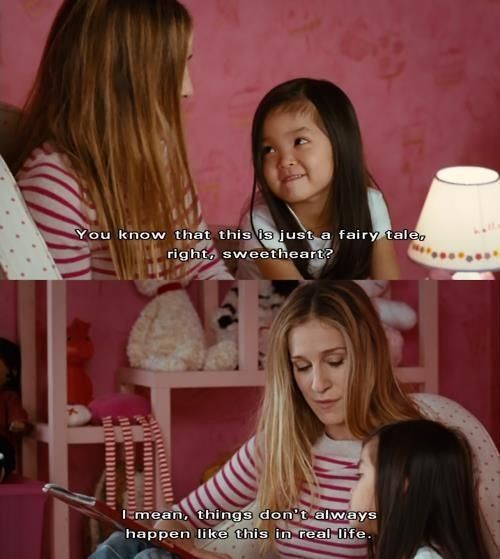
That is, I believe, the real danger. We don’t need to censor stuff because is dangerous to children. But we might need censorship because children lack the necessary parental support to understand these themes in all of their complexity.
Censorship in Art
There’s a urban legend about Pope Pius IX according to which he “got a chisel and mallet and hacked off the genitalia of every single male statue inside Vatican City” . Nude male statues, apparently, depicted an all too accurate representation of the male form. Despite being just a myth, is undoubtedly true that censorship and art don’t always go hand in hand.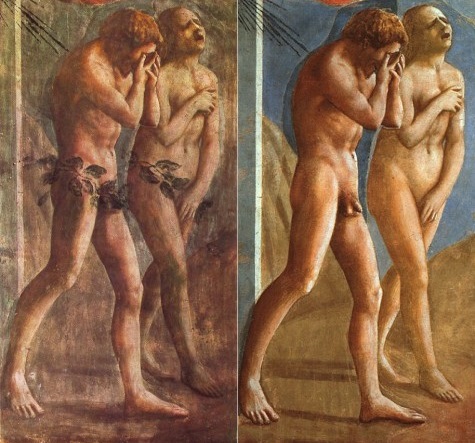
The problem of censorship in games is, for most cases, just a synonym for censorship in art. It took us 500 years to realise that perhaps fig leaves shouldn’t have been drawn on top of paintings. But it seems that 500 years are not enough to realise that pixelated fig leave shouldn’t be drawn on top of games either.
💖 Support this blog
This website exists thanks to the contribution of patrons on Patreon. If you think these posts have either helped or inspired you, please consider supporting this blog.
📧 Stay updated
You will be notified when a new tutorial is released!
📝 Licensing
You are free to use, adapt and build upon this tutorial for your own projects (even commercially) as long as you credit me.
You are not allowed to redistribute the content of this tutorial on other platforms, especially the parts that are only available on Patreon.
If the knowledge you have gained had a significant impact on your project, a mention in the credit would be very appreciated. ❤️🧔🏻
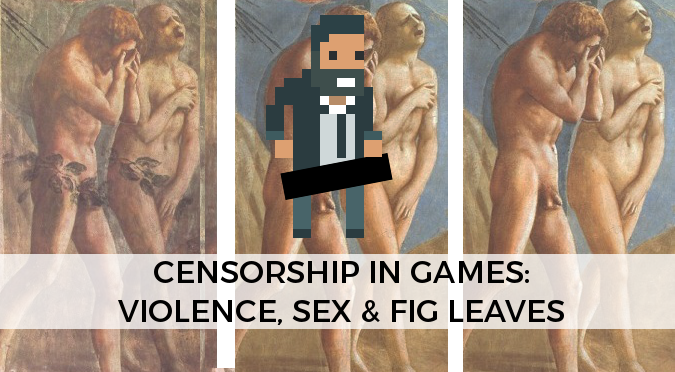


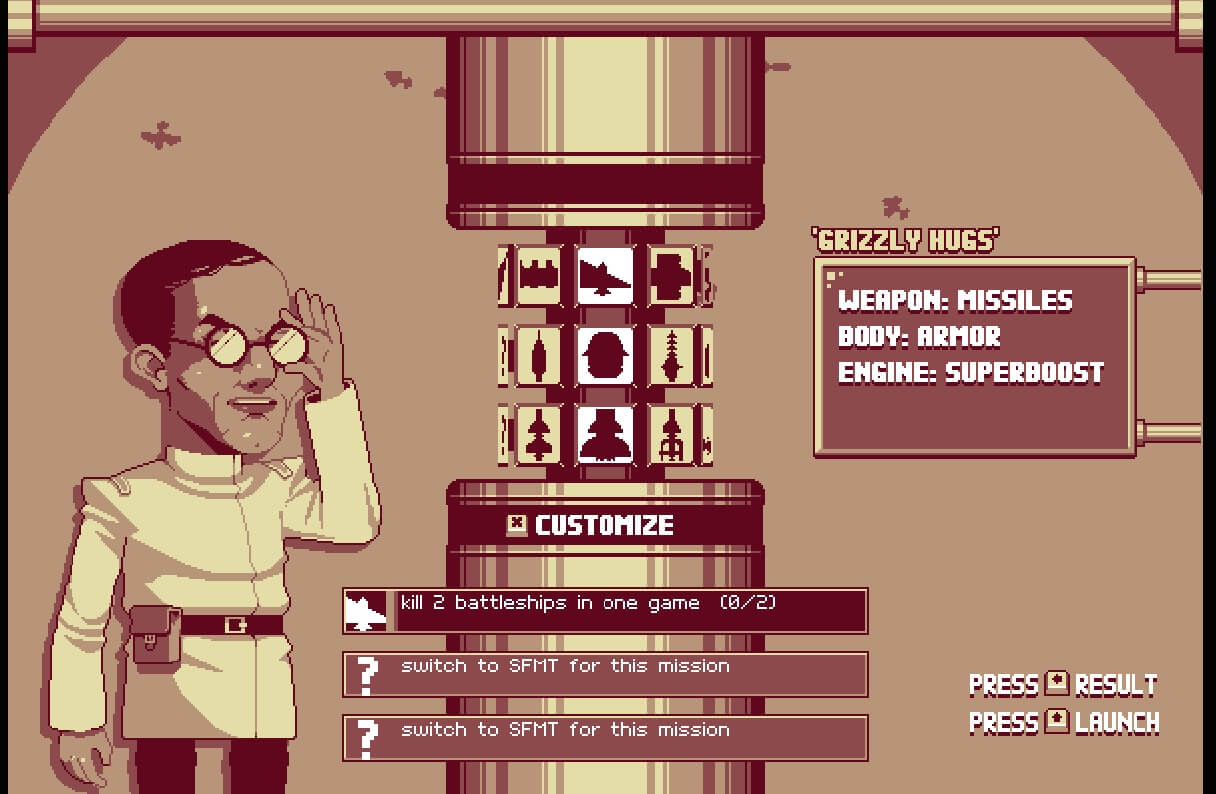
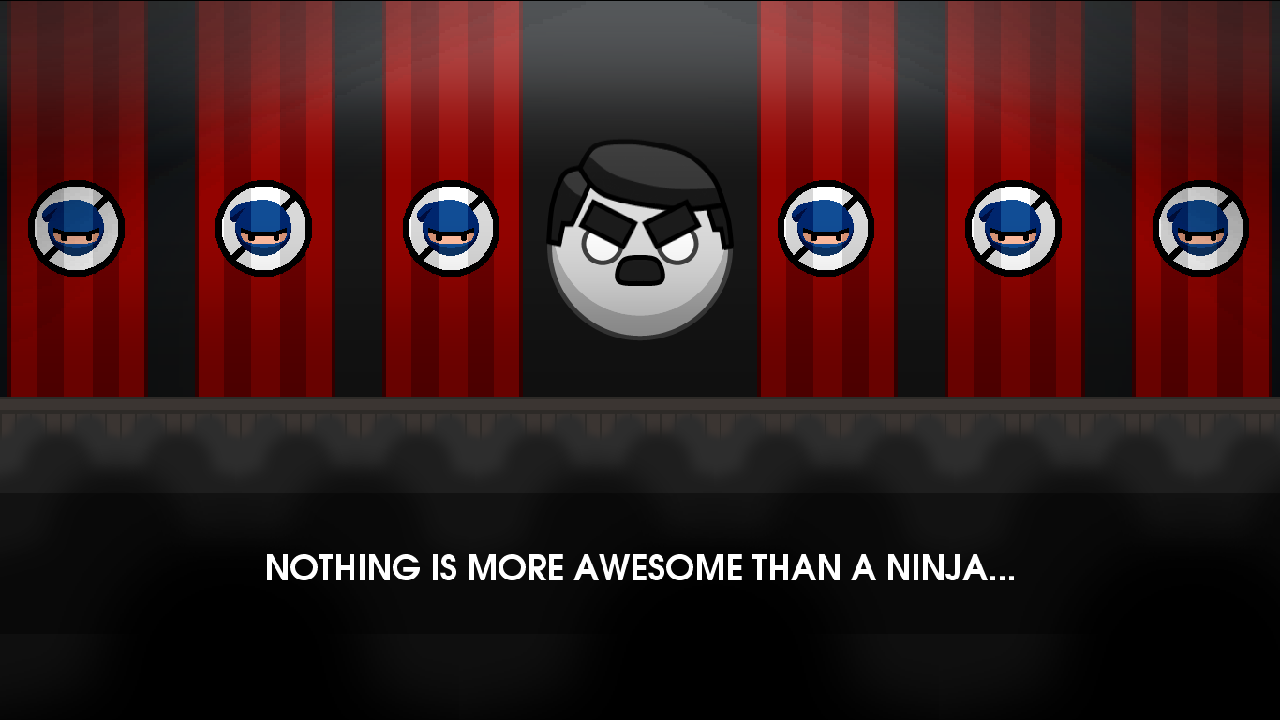




Hilarious placement of the pixelated logo guy
I know right?!